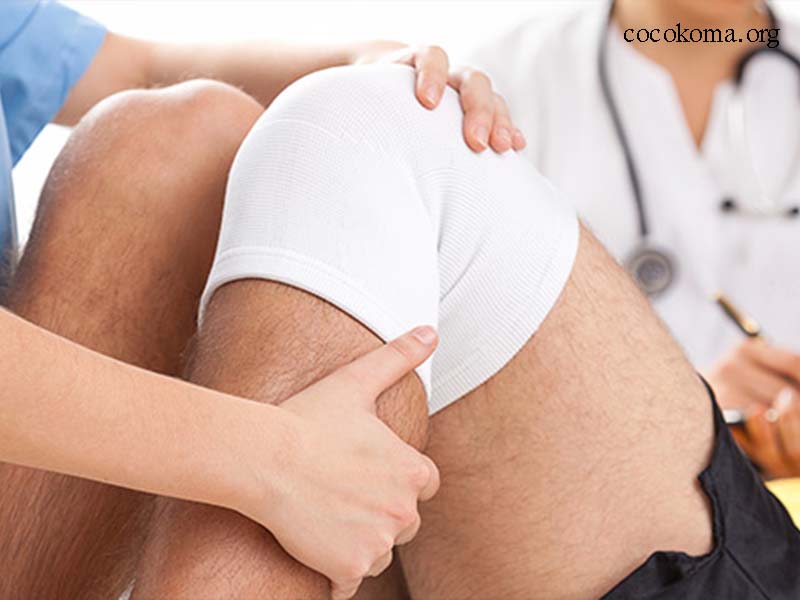The Physical Activity Pyramid is a vital tool in promoting health and well-being, emphasizing the importance of incorporating various physical activities into daily life. It serves as a guide to help individuals understand the types and amounts of physical activity necessary for maintaining a healthy lifestyle. One of the key components of this pyramid is lifestyle activities, which play a crucial role in overall fitness and health. This article delves into where lifestyle activities fit within the Physical Activity Pyramid, the benefits they offer, and how to effectively incorporate them into daily routines.
What is the Physical Activity Pyramid?
The Physical Activity Pyramid illustrates different levels of physical activity, categorizing them based on intensity and frequency. The pyramid is divided into several sections, with each tier representing various forms of exercise. The foundation of the pyramid consists of lifestyle activities, while the top tiers include more structured and intense physical activities. Understanding this hierarchy helps individuals recognize the significance of lifestyle activities in achieving optimal health.
The Structure of the Pyramid
- Lifestyle Activities: These are everyday activities that require movement and can contribute to overall health. Examples include walking, gardening, cleaning, and taking the stairs. They form the base of the pyramid because they are accessible and can be easily integrated into daily life.
- Moderate Physical Activity: This tier includes activities that elevate the heart rate and require more effort than lifestyle activities. Examples include brisk walking, cycling, and dancing. These activities are essential for building endurance and promoting cardiovascular health.
- Vigorous Physical Activity: At this level, activities demand a higher intensity, such as running, swimming, and high-intensity interval training (HIIT). Engaging in vigorous activities enhances physical fitness and boosts metabolism.
- Strength Training: This tier focuses on exercises that build muscle strength and endurance. Weightlifting, resistance exercises, and bodyweight workouts fall into this category. Incorporating strength training into a fitness routine is crucial for overall physical health.
- Flexibility and Balance Activities: The top tier emphasizes activities that improve flexibility and balance, such as yoga and tai chi. These exercises are essential for enhancing overall physical performance and preventing injuries.
The Importance of Lifestyle Activities
Lifestyle activities are often underestimated but play a significant role in promoting physical activity. They contribute to meeting daily movement recommendations and help establish a foundation for a more active lifestyle. Here’s why lifestyle activities are essential:
Accessibility and Convenience
Lifestyle activities are easily accessible to most individuals. They do not require special skills, equipment, or a gym membership, making them an excellent starting point for those who may feel intimidated by structured exercise programs. Simple actions like walking the dog, gardening, or engaging in household chores can significantly increase daily activity levels.
Integration into Daily Routines
Incorporating lifestyle activities into daily routines is simple. Small changes, such as taking the stairs instead of the elevator or walking instead of driving short distances, can accumulate and contribute to overall physical activity levels. This approach ensures that physical activity becomes a natural part of life rather than a chore.
Health Benefits
Engaging in lifestyle activities has numerous health benefits, including:
- Improved Cardiovascular Health: Regular movement helps strengthen the heart and improve circulation, reducing the risk of heart disease.
- Weight Management: Lifestyle activities can aid in maintaining a healthy weight by burning calories throughout the day.
- Enhanced Mental Health: Physical activity, even in small doses, releases endorphins, which can improve mood and reduce symptoms of anxiety and depression.
- Increased Energy Levels: Regular movement boosts energy levels and enhances overall stamina, making daily tasks feel less strenuous.
Foundation for More Intense Activities
For those new to exercise, lifestyle activities serve as an excellent foundation for building endurance and confidence. Once individuals feel comfortable incorporating movement into their daily lives, they may be more inclined to progress to moderate and vigorous physical activities.
How to Incorporate Lifestyle Activities into Daily Life
Incorporating lifestyle activities into daily routines doesn’t have to be overwhelming. Here are practical tips to ensure movement becomes a natural part of life:
Set Realistic Goals
Start with small, achievable goals. For instance, aim for 10-15 minutes of walking each day and gradually increase the duration as comfort grows. Setting realistic goals helps maintain motivation and fosters a sense of accomplishment.
Make Movement Enjoyable
Choose activities that you genuinely enjoy. Whether it’s dancing, gardening, or playing with pets, engaging in enjoyable activities makes it easier to stay active. Consider exploring new hobbies that encourage movement, such as hiking or cycling.
Schedule Regular Activity Breaks
Incorporate movement into your daily routine by scheduling short activity breaks. Stand up and stretch every hour during work, take a brisk walk during lunch breaks, or perform quick household chores that require movement.
Utilize Technology
Leverage technology to track physical activity levels and set reminders. Fitness apps, pedometers, and wearable devices can help monitor steps and encourage individuals to reach their activity goals.
Involve Family and Friends
Engaging family and friends in lifestyle activities can make them more enjoyable and encourage accountability. Plan group walks, participate in community events, or organize family game nights that involve physical activity.
Explore Local Resources
Take advantage of local resources such as parks, community centers, and recreational facilities that offer free or low-cost activities. Join walking groups or fitness classes that cater to different fitness levels.
Focus on Consistency
Consistency is key to reaping the benefits of lifestyle activities. Aim for regular movement throughout the week rather than sporadic intense workouts. Establishing a routine will make physical activity feel more natural and sustainable.
The Connection Between Lifestyle Activities and Overall Health
The relationship between lifestyle activities and overall health is undeniable. These activities form the foundation for a balanced and healthy lifestyle, contributing to physical fitness, mental well-being, and disease prevention. Here’s a deeper look at how lifestyle activities impact various aspects of health:
Physical Health
Engaging in lifestyle activities contributes to improved physical health by:
- Reducing the Risk of Chronic Diseases: Regular movement helps lower the risk of conditions such as obesity, diabetes, and hypertension.
- Strengthening Muscles and Bones: Activities that require physical effort contribute to muscle and bone health, reducing the risk of osteoporosis and fractures.
Mental Health
The mental health benefits of lifestyle activities are profound. Regular movement helps:
- Boost Mood: Physical activity stimulates the release of endorphins, leading to improved mood and reduced feelings of stress and anxiety.
- Enhance Cognitive Function: Research indicates that regular physical activity can improve cognitive function and reduce the risk of cognitive decline as individuals age.
Social Connections
Incorporating lifestyle activities into social settings can strengthen relationships. Group activities foster social interaction, promote teamwork, and enhance feelings of belonging, all of which contribute to overall well-being.
Lifelong Habits
Adopting a lifestyle that prioritizes movement lays the groundwork for lifelong healthy habits. Individuals who incorporate lifestyle activities early on are more likely to maintain active lifestyles as they age, leading to better health outcomes.
Overcoming Barriers to Lifestyle Activities
Despite the numerous benefits of lifestyle activities, some individuals may face barriers to incorporating them into their daily routines. Here are common obstacles and strategies to overcome them:
Time Constraints
Many people cite lack of time as a barrier to physical activity. To combat this, prioritize short bursts of movement throughout the day rather than lengthy workouts. Even 10-minute sessions can add up and contribute to overall activity levels.
Motivation
Staying motivated can be challenging. To maintain motivation, set clear goals, track progress, and celebrate achievements. Finding a workout buddy or joining a community can also provide support and encouragement.
Sedentary Lifestyles
With the rise of sedentary occupations, individuals may find it challenging to incorporate movement. Combat this by setting reminders to stand up and stretch or take short walks during breaks. Consider standing desks or active workstations to encourage movement.
Environmental Factors
Accessibility to safe environments for physical activity can impact motivation. Seek out local parks, walking trails, or community centers that offer safe spaces for movement. If outdoor spaces are limited, consider home-based activities that require minimal equipment.
Conclusion
Lifestyle activities are a vital component of the Physical Activity Pyramid, forming the foundation of a healthy lifestyle. By incorporating everyday movements into daily routines, individuals can reap the benefits of improved physical health, mental well-being, and enhanced quality of life. Emphasizing the importance of lifestyle activities encourages a shift towards a more active society, where movement becomes an integral part of daily life.
With simple strategies and a focus on consistency, anyone can embrace lifestyle activities and unlock their potential for improved health and fitness. Whether it’s walking, gardening, or engaging in household chores, every bit of movement counts towards achieving a healthier, happier life.








